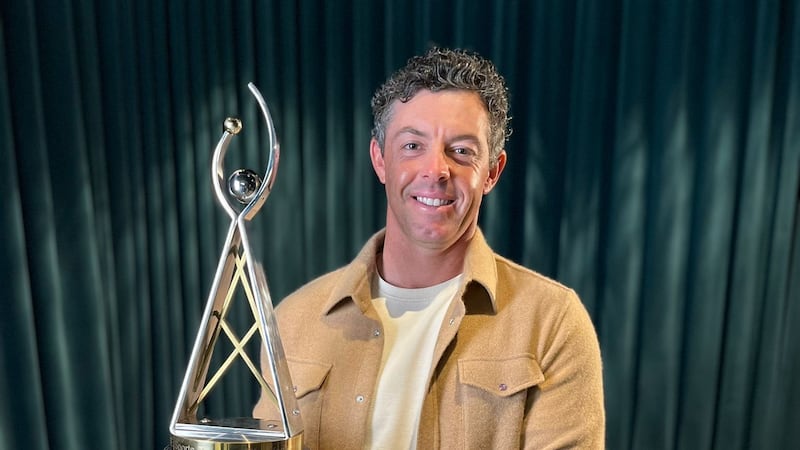It is 14 years since Paula Radcliffe sat in the stands at the world athletics championships in Edmonton, Canada, and held up a sign protesting against the decision to allow Olga Yegorova to take part in the 5,000m.
A drug test on the Russian runner had indicated the presence of EPO, a banned blood-boosting substance, but a technicality allowed her to compete – and take the gold medal. Now we know, thanks to the findings handed by a whistleblower to the Sunday Times and ARD, the German broadcasting network, that Yegorova was just the tip of a very large iceberg.
Not that there was ever much doubt. Dismay but not surprise will greet the revelation of the apparent cover-up of widespread cheating among medal-winning track athletes in recent years.
Only the terminally naive now imagine that any professional sport relying on physical development is free from illegal performance-boosting methods, or that governing bodies are invariably enthusiastic in their investigations.
Athletics and cycling are the two sports with the worst reputation for doping. But wherever money and sport are connected, and where physical fitness can make a significant contribution to success, we would be unwise to discount its presence.
In England this autumn the Rugby World Cup will feature teams of players whose bulked-up bodies bear little resemblance to those of their predecessors in the inaugural tournament 28 years ago. The majority of those imposing 2015-model physiques will have been developed through the use of weights and untainted muscle-building supplements; others will have had their enhancement assisted via darker methods.
Blood-spinning
In football, blood-spinning and the muscle-building substance creatine – the latter not actually banned by the World Anti-Doping Agency, but looked on with such disfavour that sportsmen and women are cautioned against its use – were in regular use at certain top Premier League clubs comparatively recently. Creatine was held responsible for the sudden change in body-shape of the players of a leading Italian club a decade ago.
Some sports, such as golf, have been slow to recognise the potential danger. To its credit, cycling – in which doping was long accepted as part of the game – has made considerable efforts to deal with it, prompted by the trauma of Lance Armstrong’s downfall. Its governing body, the UCI, led the way in promoting first the haematocrit test, which reveals possible blood-doping, and then the biological passport, intended to monitor the variations in blood composition and other values that can indicate suspicious activity.
Riders are regularly caught and suspended, indicating the success of the measures but also encouraging a suspicion that other, cleverer competitors are getting away with the use of banned substances via craftier methods, such as micro-dosing.
Last month an entire Italian-based team, Androni Giocattoli-Sidermec, was suspended from competition for 30 days following positive tests on two riders, Davide Appollonio and Fabio Taborre, since the start of the year. But there were complaints about the decision to allow the Kazakh-based Astana team – whose sporting director is a convicted doper – to compete in the recent Tour de France following failed tests on several of its riders over the past couple of years.
Attacks
The 2015 Tour winner,
Chris Froome
, and his colleagues in Team Sky, launched six years ago with a “zero tolerance” approach to doping, became the victims of roadside insults and physical attacks by spectators who believed insinuations in the French media about their integrity. Despite a complete lack of evidence, they were ready to believe the worst.
By comparison with cycling, athletics has dragged its heels in the fight against doping. Its task is harder, given the lack of resources and organisation among national federations charged with testing for illegal practices in places such as Kenya and Jamaica, which produced the stars of distance running and sprinting. But the leak of the IAAF’s cache of concealed blood-test data appears to provide prima facie evidence of a lack of high-level interest in confronting a deep-rooted problem.
It also comes at the end of a week in which the New York Times revealed the existence of something called FG-4592, an experimental drug mimicking the effects of the now-notorious EPO – the favourite of the Lance Armstrong generation of dopers – by increasing the production of oxygen-carrying red blood corpuscles.
FG-4592 has yet to be cleared for human use and is available only to those engaged in research. Somehow, though, it found its way into the bloodstreams of two cyclists: Taborre, the Italian rider, and Carlos Oyarzun of Chile, both of whom tested positive this year. And those two are unlikely to be alone.
So this seemingly endless race goes on. At least now we have a clearer idea of the scale of the problem between 2001-12, the years to which the leaked data pertain. Given the rewards for successful cheats, the position is unlikely to have improved in the meantime. Guardian Service














